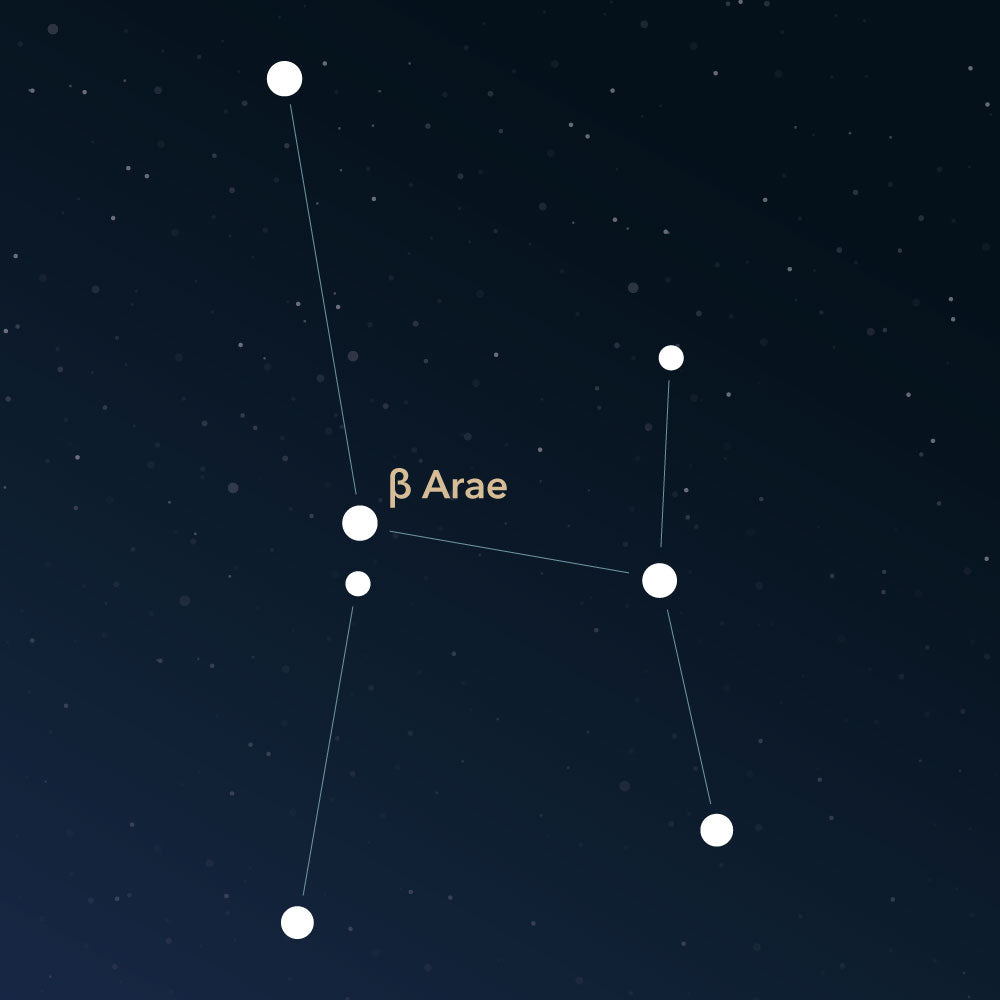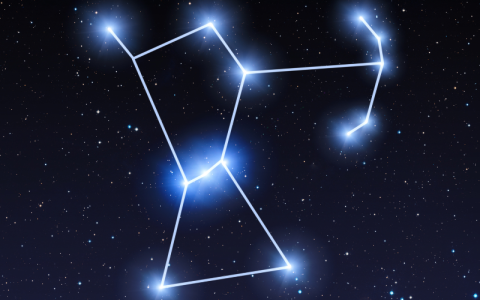Okay, so let’s talk about the Altar constellation, also known as Ara.
First off, I grabbed my star chart and headed outside on a clear night. I live in the Northern Hemisphere, so I knew I might not get a good look at Ara, but I was determined. Ara is way down in the southern sky, so it’s a bit tricky to spot if you’re not in the right place.
I started by finding some more familiar constellations to get my bearings. I located Scorpio, which is pretty easy to recognize with its bright star, Antares. Then, I remembered reading that Ara is supposed to be near Scorpio, so I started scanning the sky in that area.
It took a while, and honestly, I was about to give up, but then I saw a faint group of stars that looked like they could be it. They weren’t super bright, but they formed a sort of rectangular shape, which I thought was kinda cool. I checked my star chart again, and yeah, it looked like I had found Ara.

- Step 1: Find a dark spot with minimal light pollution.
- Step 2: Use a star chart or a stargazing app to help locate familiar constellations first.
- Step 3: Look for a faint, somewhat rectangular shape near the constellation of Scorpio.
- Step 4: Confirm with your star chart or app that you’ve indeed found Ara.
To be completely honest, it wasn’t the most impressive constellation I’ve ever seen, but it was still cool to track it down. It made me think about all the ancient people who used to look up at the same stars and make up stories about them. I guess that’s what constellations are all about, right? They’re like these celestial connect-the-dots that help us make sense of the vastness of space.
I spent some more time just gazing at the stars and contemplating the universe. It’s moments like these that make you feel small but also connected to something much bigger than yourself.
What I Learned
Finding Ara reinforced the idea that constellations are really about how we, as humans, interpret the positions of stars from our perspective on Earth. And even though the stars in Ara might not be physically close to each other in space, they form a recognizable pattern for us, and that’s pretty neat. Even if you are not living in the right place, it is still quite interesting to learn something about the sky.









